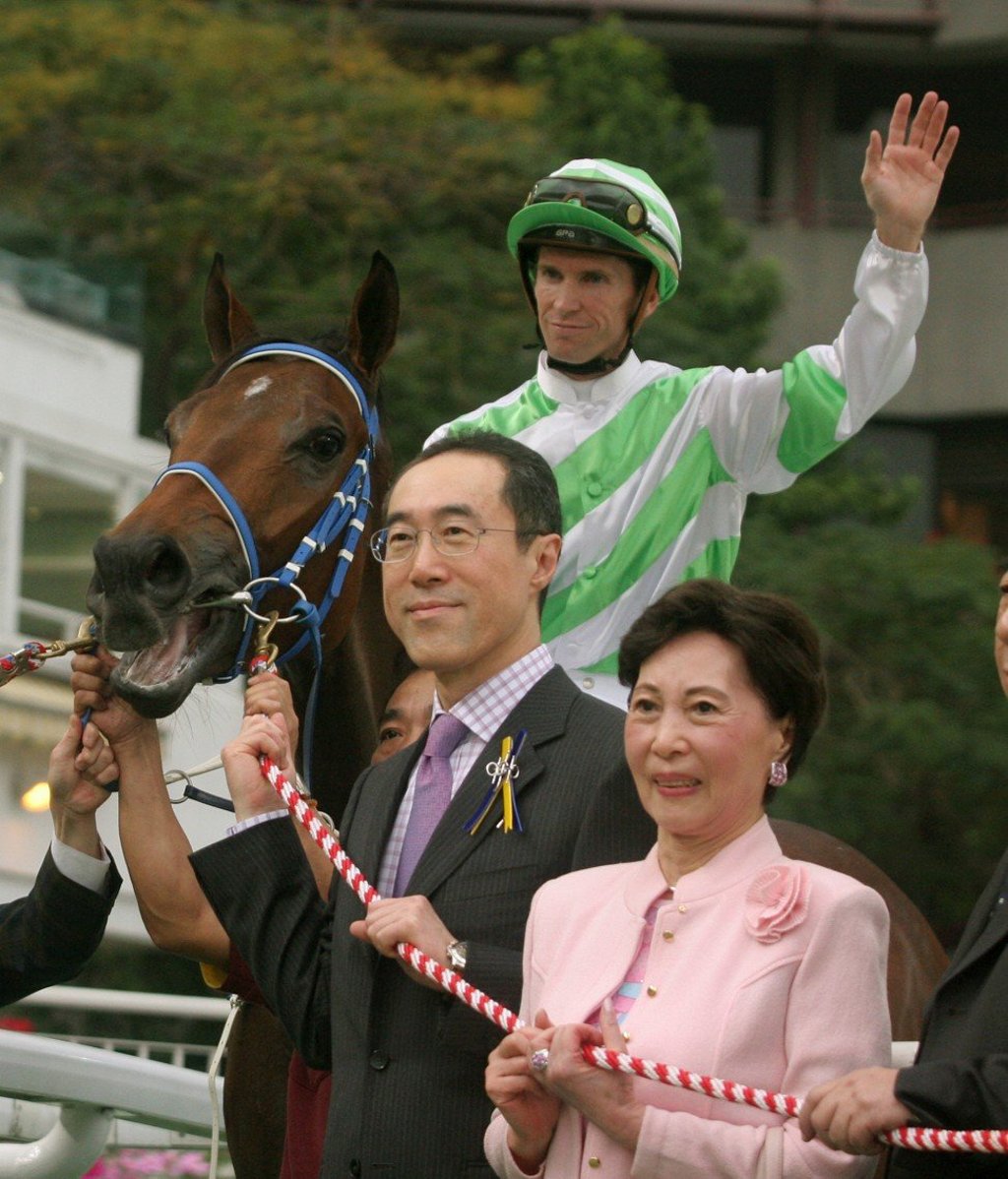Opinion | How ‘one country, two systems’ is benefiting Hong Kong horse racing, of all things
David Dodwell says cross-border collaboration can pay off. A recent success story is the opening of the Hong Kong Jockey Club’s training centre across the border, which was made possible by concessions from mainland officials

One such agenda item was tabled by Henry Tang Ying-yen, the former aspirant chief executive now keeping a very low profile. He began by complaining that the limited space available in Hong Kong for stabling racehorses meant that he could own just two horses.
He paused to let most in the room splutter into their tea, then pressed on: he wanted the government to stable Hong Kong racehorses across the border in Shenzhen, which would deepen and enrich the pool of equestrian talent in Hong Kong, and allow him to own more horses.
After a short debate, the idea was shot down. The most potent objection was not the massive cross-border challenge of protecting Hong Kong’s pampered and expensive horses from a wide range of equine diseases lurking on the mainland. Rather, it was a richly flippant debate about whether the horses would be allowed right of abode in Hong Kong – a very controversial issue for Hong Kong’s human population at the time.

